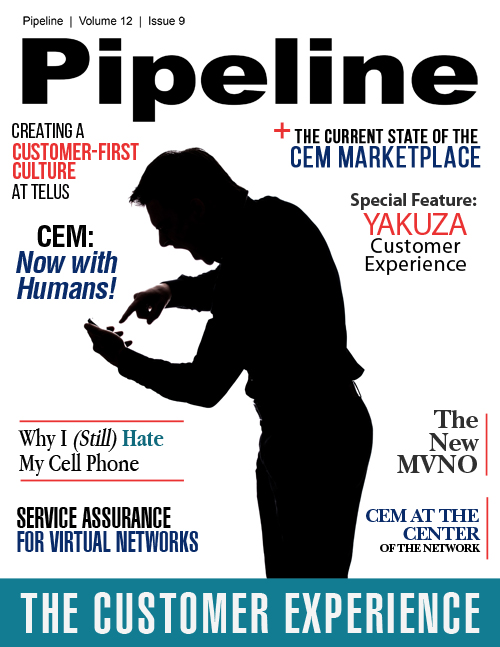CEM - Now with Humans!
The exec apologized profusely, said the situation was unacceptable, and promised to get back to me on Monday with more details. On Monday, he called and said the framing would be done within a couple of days, and that he would call me a third time when the product was ready for pickup. He called again a few days later – not only was the job done, but he had the store staff send him a cell-phone snapshot, so he could personally verify that the job was done correctly.
It’s all about the wetware - the biological systems in a complex automated process of systems and computing. A CRM system on its own couldn’t figure out what had to be done to please the customer. No combination of automated emails and texts would make the customer happy. While a customer portal might provide information, it can’t always provide remediation. And it certainly can’t add the, well, human touch, the personal touch, required to delight the customer.
As consumers, we expect our vendors to communicate with us about our products, services and orders. As vendors, we need to be proactive in communicating with customers in a way that walks a fine line between overload and neglect, offering a combination of reactive and proactive messaging. The customer is in charge. The most effective way to handle that for routine customer transactions is via a CRM system. However, even the best CRM systems can’t resolve all problems. What’s essential is to make sure that humans are in the loop, and become early enough to head off the angry customer. Program your HubSpot scripts and Saleforce algorithms to escalate to humans quickly, and make sure those humans are empowered to resolve the issue quickly and decisively. Make sure that the software monitoring your Facebook, Twitter and Instagram accounts similarly can escalate to humans right away.
Hardware, software, and wetware; that’s what it’s all about.
(Oh, by the way, I’m not happy with my snow tires. Perhaps the framing store will issue me a refund.)



















